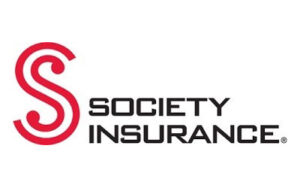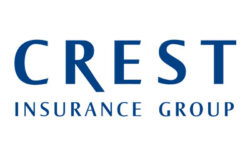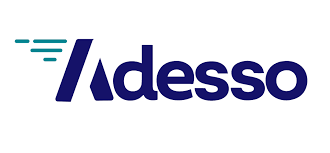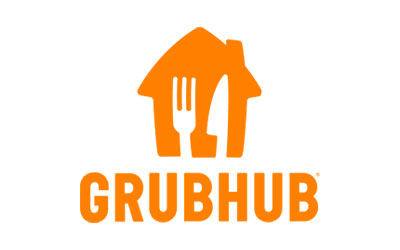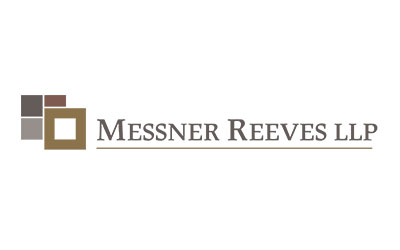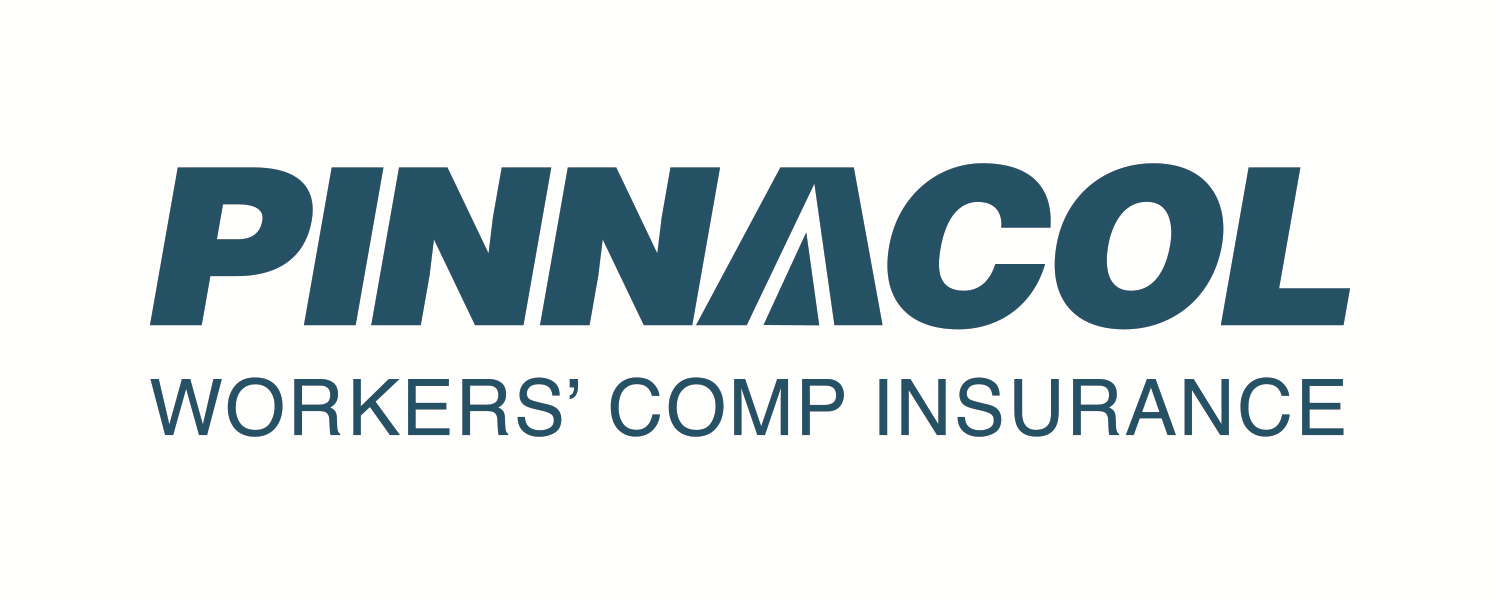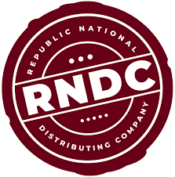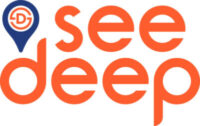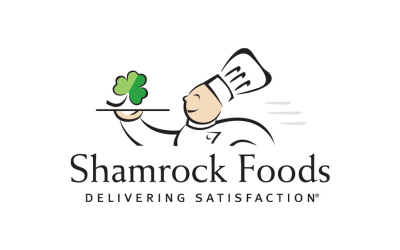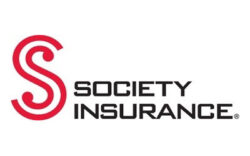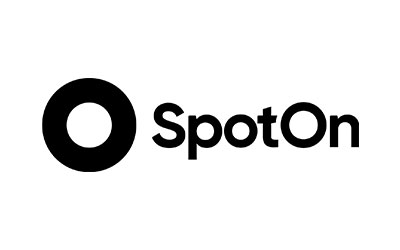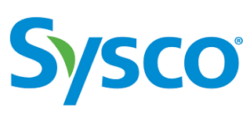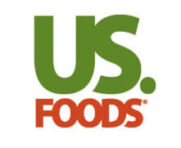The following article was written by our partners at Society Insurance.
As a result of the Great Chicago Fire that killed 250 people in 1871, the National Fire Protection Association has declared the public observance of Fire Prevention Week since 1922, marking 100 years this year of the public observance. The holiday was later cemented by President Coolidge, marking the longest-running public health and safety observance on record.
Society Insurance has been working alongside hospitality owners for more than a century, seeing first-hand the devastating effects a fire can have on the establishments that make communities great. Fire departments across America responded to an average of 8,240 structure fires at eating and drinking establishments every year between 2012 and 2016. These fires resulted in two civilian deaths each year on average, along with 115 injuries and $246 million in property damage.
Ahead of this year’s Fire Prevention Week, Oct. 9-15, Society Insurance has put together top tips for restaurants to better protect their building, staff and patrons, including by properly maintaining cooking equipment, avoiding flaming shots, creating safer smoking controls, and implementing the safety procedures recommended by industry experts.
The Best Offense is a Defensive Kitchen
Cooking equipment is probably the most important thing inside a restaurant and/or bar – and it’s also a leading cause of fires. An internal study with Society Insurance policyholders who experienced fires found that the majority of fires were due to cooking equipment, costing in excess of $5.4 million over a three-year period. These fires are often due to failed, aging equipment; improper installation and maintenance; poor cleaning practices; and inattentive or careless use. Bar owners can mitigate these risks by hiring qualified professionals for installation, maintenance, and cleaning service. Additionally, they can train employees on proper cleaning, frequency intervals and safety procedures.
When it comes to your expensive equipment, don’t take shortcuts. Get your equipment serviced regularly by an experienced technician. Take a hard look at your systems and procedures and make changes as necessary to ensure your staff, customers and business stay safe.
Don’t Let Your Rags be a Drag
Rags are handy for cleaning up cooking oil and grease residue, but they also present a severe fire hazard. Use only commercial-grade appliances and detergents to clean grease-laden linens and rags. Store clean and dirty rags separately in metal cabinets or containers with closing lids. Even clean linens and rags have some amount of grease and oil residue that could cause spontaneous combustion.
Class K Gets the A
Even though the classic red ABC fire extinguisher may be able to temporarily put out a grease fire, a class K fire extinguisher with its wet chemical agent will help keep the fire from reigniting. Silver class K fire extinguishers are meant exclusively to handle kitchen grease fires. They utilize a foam-forming agent that prevents persistent kitchen fires from reigniting.
Most commercial cooking installations require a fixed fire suppression system that must be certified UL 300 and regularly serviced by a qualified contractor. To provide both fixed and portable fire suppression, a Class K portable fire extinguisher must also be installed and visible. Train all staff on their use.
Be Smart about Smoking Materials
Unsurprisingly, materials from cigarettes are a leading cause of fires – and death from fires – globally. To mitigate the risk of fires due to smoking materials, designate smoking areas at least 25 feet away from buildings, combustible materials, vegetation or other trash collection areas. Ashtrays should only be dumped into designated disposal containers with a lid and filled with a medium that can safely extinguish a fire, such as sand or water. A fire extinguisher should be placed in the area with a maximum travel distance of 75 feet away from the smoking area.
Step Away from Flaming Shots
In addition to severe skin burns from holding hot glassware and cuts from fractured glassware, flaming drinks can spill or crack onto combustible surfaces. Additionally, it’s not out of the question that patrons could add more alcohol to the flaming drink, causing fire to spread. Tempting as it might be, this gimmick designed to bring in business may be the end of your bar entirely.
“FIRE!” is one word no one wants to hear in a hospitality business, and it is the call in the night owners and managers never want to receive. The best scenario is when no one is hurt and there is only property damage, but even then the outcome could still be devastating to a business. The investigation to determine the cause of the fire can go on for months and the clean-up from even a small fire may take several days and require a business shut down. The best response is to prevent a fire before it starts by updating and cleaning your kitchen equipment, ensuring rags and smoking materials are disposed of properly, investing in Class K extinguishers and finally 86ing flaming shots.
This information is provided as a convenience, and it must not be assumed that it has detected all unsafe acts or conditions. This information is not professional advice; it is designed to assist you in recognizing potential safe work problems and not to establish compliance with any law, rule or regulation.
